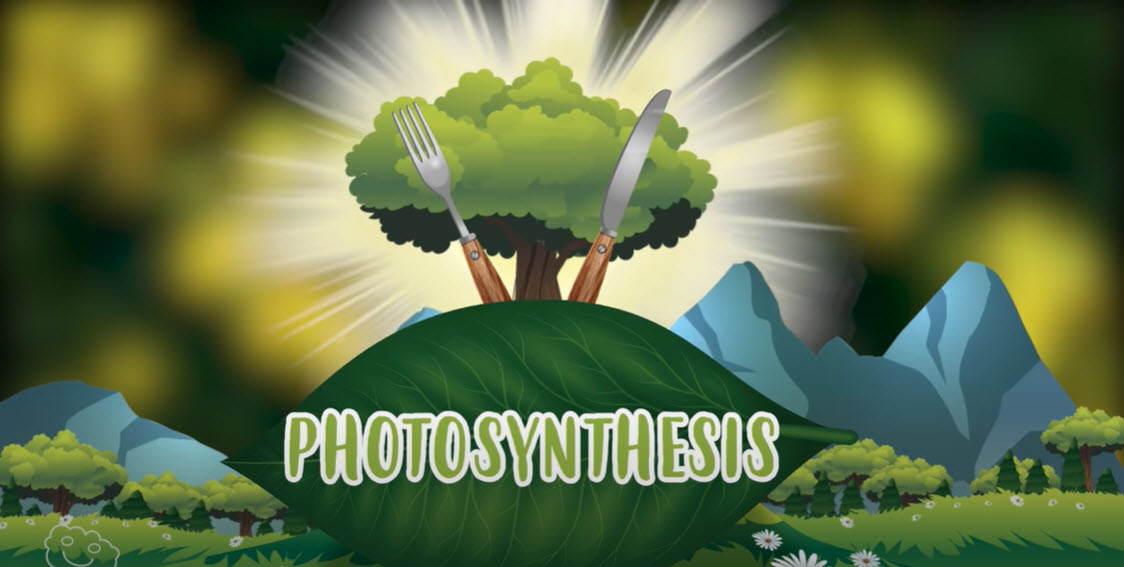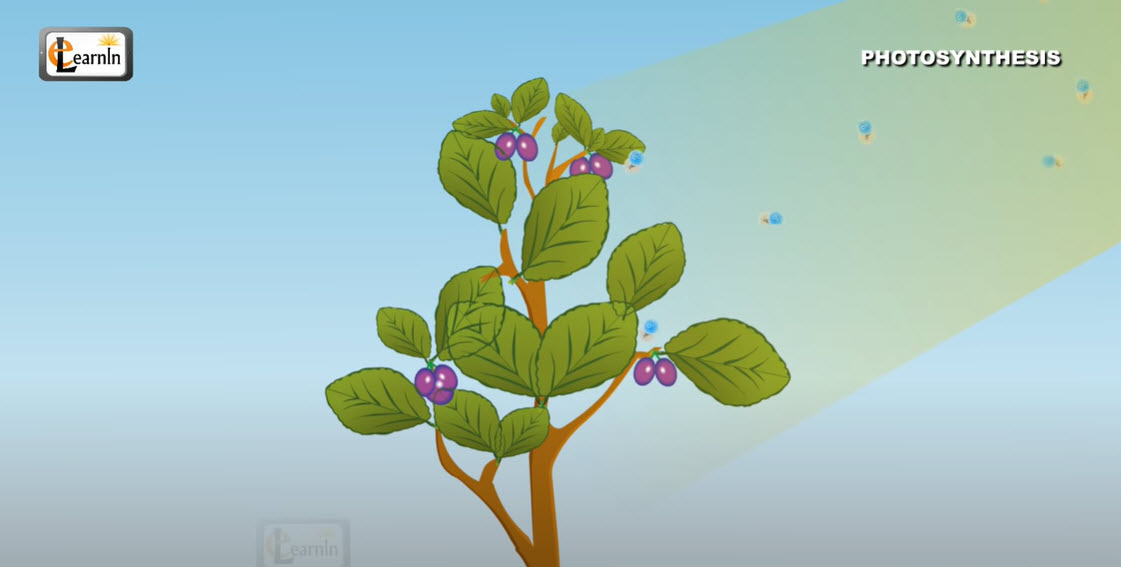Standards
Science – SC.4.L.17.3
Trace the flow of energy from the Sun as it is transferred along the food chain through the producers to the consumers.
Language Arts – LAFS.4.L.3.4
Determine or clarify the meaning of unknown and multiple-meaning words and phrases based on grade 4 reading and content, choosing flexibly from a range of strategies.
Use context (e.g., definitions, examples, or restatements in text) as a clue to the meaning of a word or phrase.
Use common, grade-appropriate Greek and Latin affixes and roots as clues to the meaning of a word (e.g., telegraph, photograph, autograph).
Consult reference materials (e.g., dictionaries, glossaries, thesauruses), both print and digital, to find the pronunciation and determine or clarify the precise meaning of key words and phrases.
Mathematics – MAFS.4.NBT.2.6
Find whole-number quotients and remainders with up to four-digit dividends and one-digit divisors, using strategies based on place value, the properties of operations, and/or the relationship between multiplication and division. Illustrate and explain the calculation by using equations, rectangular arrays, and/or area models.
Big Idea(s)
Forms of energy.
Essential Question
How is the flow of the Sun’s energy transferred along the food chain – from the producers to the consumers?
Vocabulary
Producers • Consumer • FoodChain • Flow • Energy • Transfer • Photosynthesis • Cellular • Symbiotic • Chloroplasts
Background Information
Energy Cycle in Living Things
The symbiotic relationship between plant and animal life is incredible! Food chains show how each living thing gets its food and all food chains start with the energy from the sun. This energy is captured by plants, through small energy pockets which helps in the transformation of the process needed for life. These small energy pockets are called chloroplasts. They use the energy from the sun along with carbon dioxide and water to create a process called photosynthesis, which in turn helps produce sugars.
Plants are called producers; because they can produce their own food. The living part of a food chain always starts with plant life and ends with an animal. All animals including humans are called consumers. Consumers cannot make their own food, so they need to consume (eat) plants and/or animals. Consumers use the sugars made from plants in their own cellular energy factories to complete the cycle. These high-energy factories helps supply the energy we need to do just about everything!
Guiding Questions
- What is the role of the producer?
- What is the role of the consumer?
- Why are plants important?
- How do they help the human race?
- How does photosynthesis work?
- Do humans and plants have a symbiotic relationship?
Math Mania
Essential Question:
How many more of each plant would Mr. Brown need?
Mr. Brown’s yard was looking awful. He knew that spring was around the corner and it was time to plant some new flowers in the garden. As he was sitting at the kitchen table he called out for his children Joe, Susan and Terry. He asked them to pick an assortment of flowers to plant. Joe picked 4 cactus plants because he knew that they would grow well in Florida’s heat. Susan picked 4 ground orchids; she loved the colorful flowers and they bloom annually. Terry, the youngest, wanted daisies; she just loved them and was able to select 4 as well. Between the 3 children they had selected a total of 12 plants. Mr. Brown knew he needed more. Mr. Brown needed a total of 18 but he wanted the amount of the plants to be the same.
The correct response is 2 more of each plant.
Instructional Sequence
- Science Lesson – Dissect a Plant and Label its Parts – SC.4.L.17.3
- Compare and Contrast Worksheet – SC.4.P.10.1
- Compare and Contrast Worksheet with Lines – SC.4.P.10.1
- Reading Language Arts – Energy Bingo – LAFS.4.L.3.4
Fun Facts
Did you know…
- Photosynthesis is responsible for supplying all of the earth’s organic compounds as well as the energy required to sustain life on the planet?
- Plants are essential for human life both as food and for converting carbon dioxide into oxygen?
- Photosynthesis is considered to be the most important chemical process on the planet as it is vital for life?
Inquiry Type
- Structured Inquiry
- Brain Storm
- Guided Inquiry
- Class/Group Activity
- Think/Pair/ Share
Teacher Resources
- Energy Bingo
- Compare and Contrast Worksheet – SC.4.P.10.1
- Compare and Contrast Worksheet with Lines – SC.4.P.10.1
- Dissect a Plant
- Label its Parts
Photosynthesis: Blinded by the Light – What Is Photosynthesis? Video


